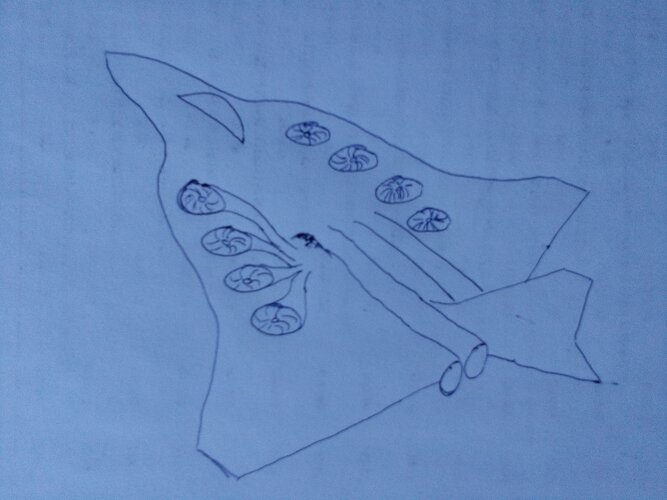- Joined
- 11 March 2006
- Messages
- 8,633
- Reaction score
- 3,489
Well, the post war Wibault designs ! A little bit off topic here, as not really an "early"
project, but as it was mentioned here, I won't start another thread:
(And in the meantime it's more than 50 years ago ...)
Michel Wibault, inventor of the "Flying saucer"!
Isn't it hard for the british, that one of their most succesful post war combat aircraft
was in fact designed by a french ???
Some years ago, I've tried to make a series of drawings of these vectored thrust designs,
most interesting for me were the pre-Harrier studies. As I had just principle drawings,
details, as undercarriage are just a form of reasonable guesses, in the case of the two
designs with a Bristol engine based on the later Hawker designs.
Anyone who has better material ?
project, but as it was mentioned here, I won't start another thread:
(And in the meantime it's more than 50 years ago ...)
Michel Wibault, inventor of the "Flying saucer"!
Isn't it hard for the british, that one of their most succesful post war combat aircraft
was in fact designed by a french ???
Some years ago, I've tried to make a series of drawings of these vectored thrust designs,
most interesting for me were the pre-Harrier studies. As I had just principle drawings,
details, as undercarriage are just a form of reasonable guesses, in the case of the two
designs with a Bristol engine based on the later Hawker designs.
Anyone who has better material ?





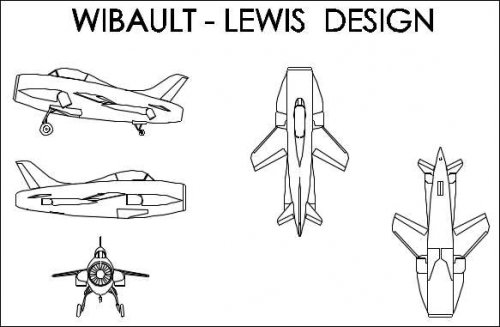

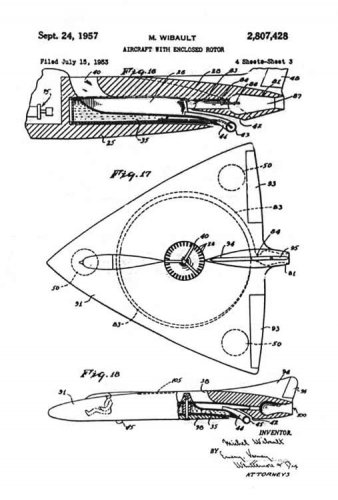




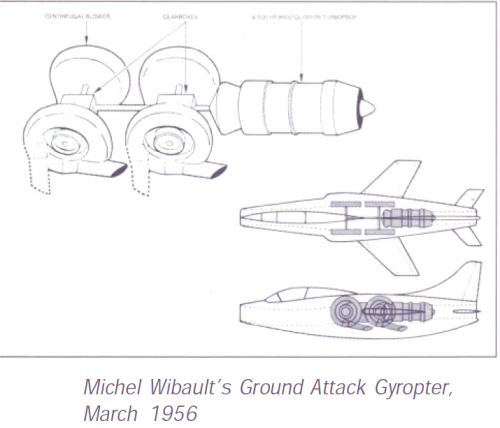

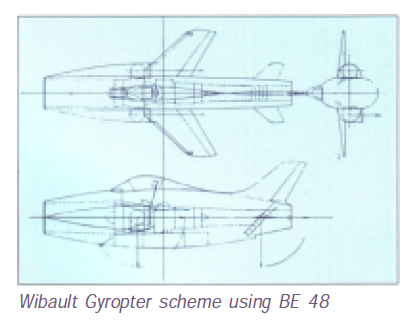

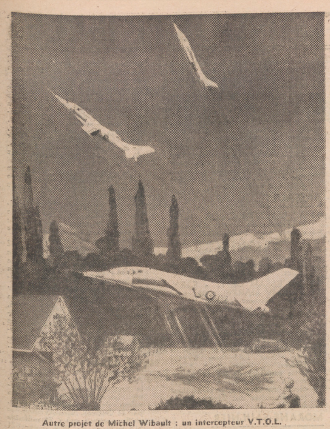
![Les_Ailes___journal_hebdomadaire_[...]_bpt6k3209246j_8.jpeg](/data/attachments/154/154198-5bfc158359a23d1cc7a06802075c7886.jpg)
![Les_Ailes___journal_hebdomadaire_[...]_bpt6k3209246j_9.jpeg](/data/attachments/154/154199-f30d871ce78e8a9331fc97d1d36bc64b.jpg)
